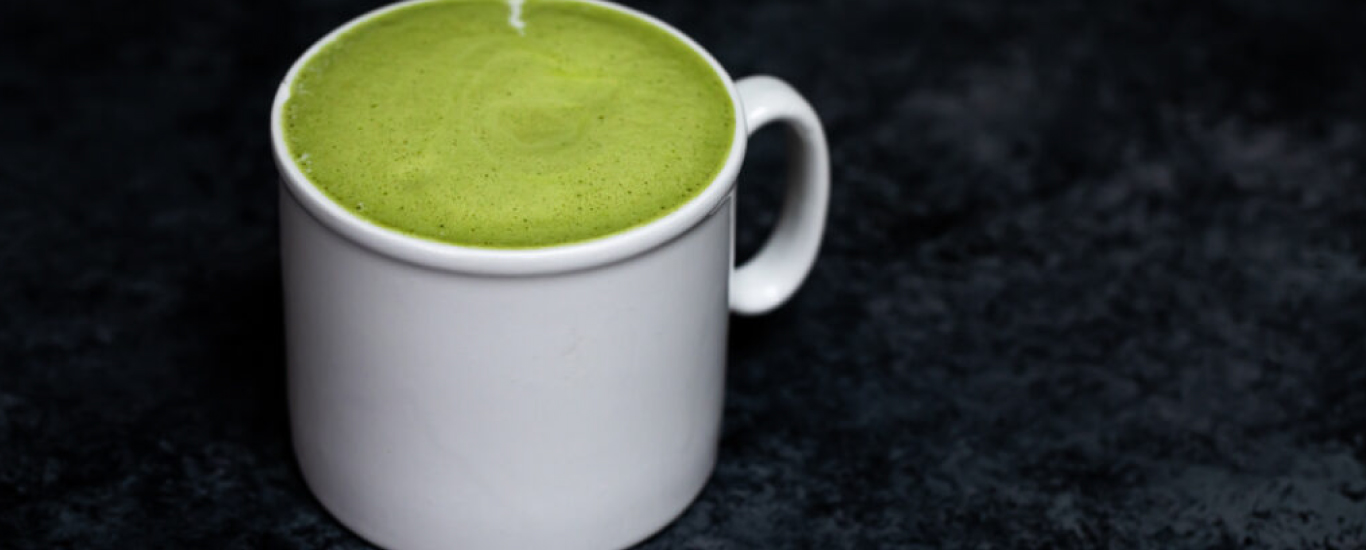- There is a LOT of butter involved. And not small amounts of high quality, grass fed butter, but rather a ton of low-quality butter from cows that are likely treated with hormones and/or antibiotics. Butter is added to proteins, vegetables, sauces, and desserts to enhance the flavor and make things creamier.
- They add more salt than you would guess. Salt is a natural preservative and a flavor enhancer. Most restaurants are not concerned with their diners looking to watch their sodium levels, but rather on making sure the customers love the food and think it tastes great. Salt helps with this. Steaks are salted before cooked, vegetables are blanched in salt water, and a lot of salt finds its way into soups and sauces. Some salt is better than others. Table salt is heavily refined and processed with added chemicals, while unrefined sea salts are harvested by hand and have greater mineral content, and thus lower sodium. These sea salts don’t have added ingredients either. However, chances are that the restaurants are not using the more expensive, higher quality sea salts.
- They cook at very high heat. High temperatures are necessary to get the perfect sear on a steak, or cook vegetables fast enough to keep them from getting mushy. Using this high heat is generally impractical at home, which is why you most likely cannot get a perfect sear at home the way you do at a high end restaurant or steak house. The problem with this ultra high heat cooking is that it produces Advanced Glycation End-products, or AGEs, that research shows to be carcinogenic.
- You can almost always bet that your steak is grain-fed. Grassfed cows have less fat, and so the steak cuts lack that fat marbling that makes your steak so flavorful. Even if restaurants say that their steak is grassfed, it is likely grain-finished to add in that fat at the end. Now, a high end steak house is still going to have higher quality cuts of meats than fast food or more mediocre restaurants, generally using USDA prime beef, but that does not mean that nutritional value is necessarily a lot better.
- Chefs tend to go heavy on the cream. Cream adds flavor and richness to sauces and soups. When you add this to all the butter used to cook, you end up consuming a lot of saturated fat in one sitting, and paying a lot more money for it than you would at a lower end restaurant! Again, it is unlikely that this cream is organic or from grassfed cows, meaning that you are probably consuming dairy that contains antibiotics or synthetic hormones.





